People are exposed to about 10,000 ads per day. From Instagram ads to Google search results to commercials on TV – not every ad is going to be memorable or relevant. It's the advertiser's job to cut through the clutter.
Designing impactful creative isn't easy – with people used to personalized digital experiences, their expectation is high, and their mood changes quickly. The creative elements that work one day seem to fade a few months later. The songs or colors that pop for one target audience do nothing for another. Creative, just like every other aspect of a campaign, has highly variable performance. Elements from the economy to the weather all affect how different people react to creative at any given point.
In this situation, any way for a brand to get its creative to work harder and deliver higher performance is key. After working with hundreds of creatives in 2022 alone, here are three approaches that I have seen to work reliably, given the current uncertainty of our economy and the behavior of today's consumers.
Make That Half-a-Second Count
The first impression is everything, but what many brands neglect is just how quickly that first impression happens. In 4/10 of a second, or in the time a consumer blinks, their brain has seen and processed an ad. More significantly, in 7/10 of a second, or a single heartbeat, they have likely formed an emotional response – negative or positive.
Therefore, it's crucial that brands be strategic about what they showcase in the first second or two, as studies show it can dramatically affect campaign performance. Just as the MMA Global notes – that the first second needs to be "earned, not bought." For some industries, that might mean it's important to show the product up close, while for others, it's important to have a person in the picture.
Because of this short attention span and speedy reaction time, brands need to design with intention and make every second count. Utilize design best practices and start to think about creative more scientifically – using testing and creative technology to help.
Design practices like proper hierarchy, contrasting colors, and high-resolution imagery can heighten the aesthetic of a creative, but only data-driven testing can determine what sound, color, emotion, product shot, or text will resonate with different audiences. The creative teams that embrace these insights can design with more confidence.
Put Price First (Sometimes)
In today's stressed economy, some customers are more practical with their spending, focusing on saving money and avoiding unnecessary expenses. This translates to a few different rules for creative design.
If a product is on sale, now is the time to push this information to the forefront of an ad to grab attention. People want to know the details – how much are they saving? Is it the best price around? Advertisers should lean into the fact that costs are on people's minds and provide the information they need to feel confident that they are getting a good deal.
One factor that has been raised recently is that many people are indulging in impulse purchases or luxury items because things have been so uncertain for so long. Many people's mindset is, "things might get worse," so better now than never. Gen Z, which has only known this uncertain climate, is most apt to make impulse buys. This goes beyond the well-known "lipstick effect," where people treat themselves to small luxuries like new makeup, up to bigger ticket items.
So, for those products that might be a little costly or that are nice-to-haves, a different kind of psychology is necessary to get attention – giving permission to people to indulge in something that makes them happy.
Another consideration is, due to other economic factors like high gas prices, as customers may be less inclined to travel to a brick-and-mortar store. Because of this, advertisers should prioritize the quality of their site's user experience to drive site traffic and online sales.
Use a Human-Centered Approach
B2C marketers tend to have all the best marketing strategies to reach their customers, but when it comes to advertising in an uncertain economy, B2C marketers can take a lesson from their B2B counterparts.
A successful strategy in B2B marketing is "needs-based" selling. Rather than having a salesperson read through a slide presentation that lists all the features of their product, B2B sellers are trained to first listen to their client's needs and then tailor what they say to that.
This "we hear you" approach can go a long way to connecting with consumers, too. Of course, some up-front research helps a lot. Knowing what leads people to buy, how people use a product, and how it makes them feel can help shape the messaging to make it more relevant. Companies like Swiffer have done a great job showcasing their products in situations that are more realistic than in older ads.
A bachelor with a messy apartment that wants to clean up quickly before friends come over is a great example. This would never have been featured in the past – picture a perfectly pristine home in ads of the old days – but brands today are starting to see that it's best to connect with their audiences in ways that help people see themselves in a situation.
Using a human-centered approach translates to creative design in several ways. Brands should use inclusive design to showcase a diverse set of customers and situations. They should utilize tools that help create tailored, targeted creative – like dynamic creative optimization, custom designs for specific placements, and personalized messaging. And, above all else, learn and improve over time as user behavior continues to evolve.


